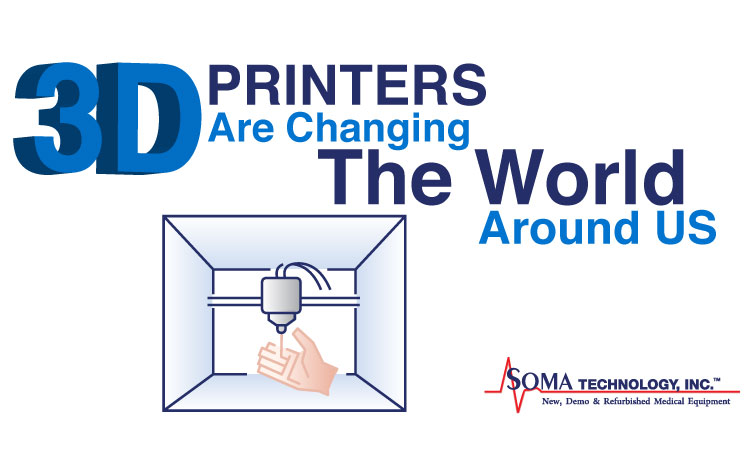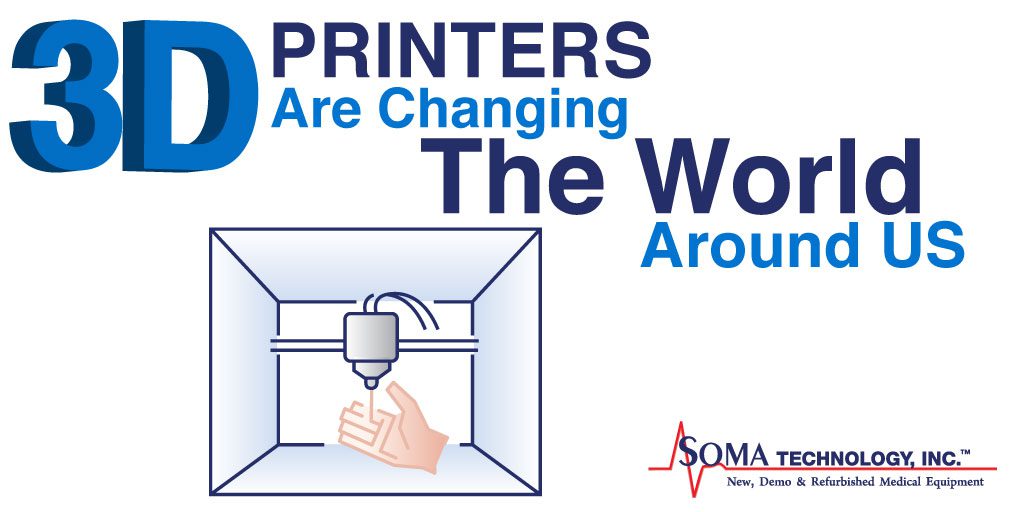Thursday Thought: 3D Printers Are Changing The World Around Us
June 21, 2018
Ben Ryan Designs Cost Effective Prosthetic Arm For Sol
3D Printing Prosthetics
Ben Ryan, a former psychology teacher, used a 3D printer to design and build a prosthetic arm for his 2-year old son Sol. There are no functioning prosthetic arms on the market for children younger than 3-years old. This is because young children quickly outgrow their prostheses. While there are non-functioning prosthetic arms for babies, Ben Ryan was told he would likely have to wait a year to get that process started. So he went to work to find a solution.
Ben Ryan used an Xbox scanner to create a digital 3-D scan of his son’s limb so he could create a custom prosthetic. The design he came up with includes an actuator that rests under his son’s armpit that controls the movement of the prosthetic’s thumb. Ryan stated, “only the thumb moves so that it can be robust enough to crawl on, and put weight on.”
The arm still has yet to be perfected, but Ryan has created an online prosthetic service called Ambionics, where he plans to try his device with other families. As of right now, Ryan can create the whole arm system for between $150-$250 worth of materials. An advanced myoelectric arm, which uses muscle signals in the arm to open or close the fingers costs approximately $7,800. High-tech prosthetics with maneuverable fingers could cost up to $100,000.
Right now, Ryan can only give away his prosthetics. To sell them he would have to certify them as a medical device and make sure they’re regulated; which will increase the price.
Global Network of Volunteers
e-NABLE is a company that provides 3D prosthetic designs to a global network of volunteers around the world. This company started in 2013 and since then has expanded with thousands of volunteers in 100 different countries. These volunteers, including children in science class, are able to download, print, and fit together these designs. Ben Ryan is thinking about sending in his own designs to this company for these volunteers to print his design. The e-NABLE project started because there were no affordable options for prosthetics, especially for children. The whole design process is done online, there is no need for parents to meet the volunteer in person. The volunteers need a few measurements and an image of the arm.
Final Thoughts
Did you like this article? Be sure to leave a comment below! Do you have the resources for 3D printing? Would you like to become an e-NABLE volunteer? Check out their website here. Do you remember the article we wrote about bioprosthetic organs? Check it out here.
Explore Other Blog Items By Category
Recent Posts


Surgical Microscope Rentals


